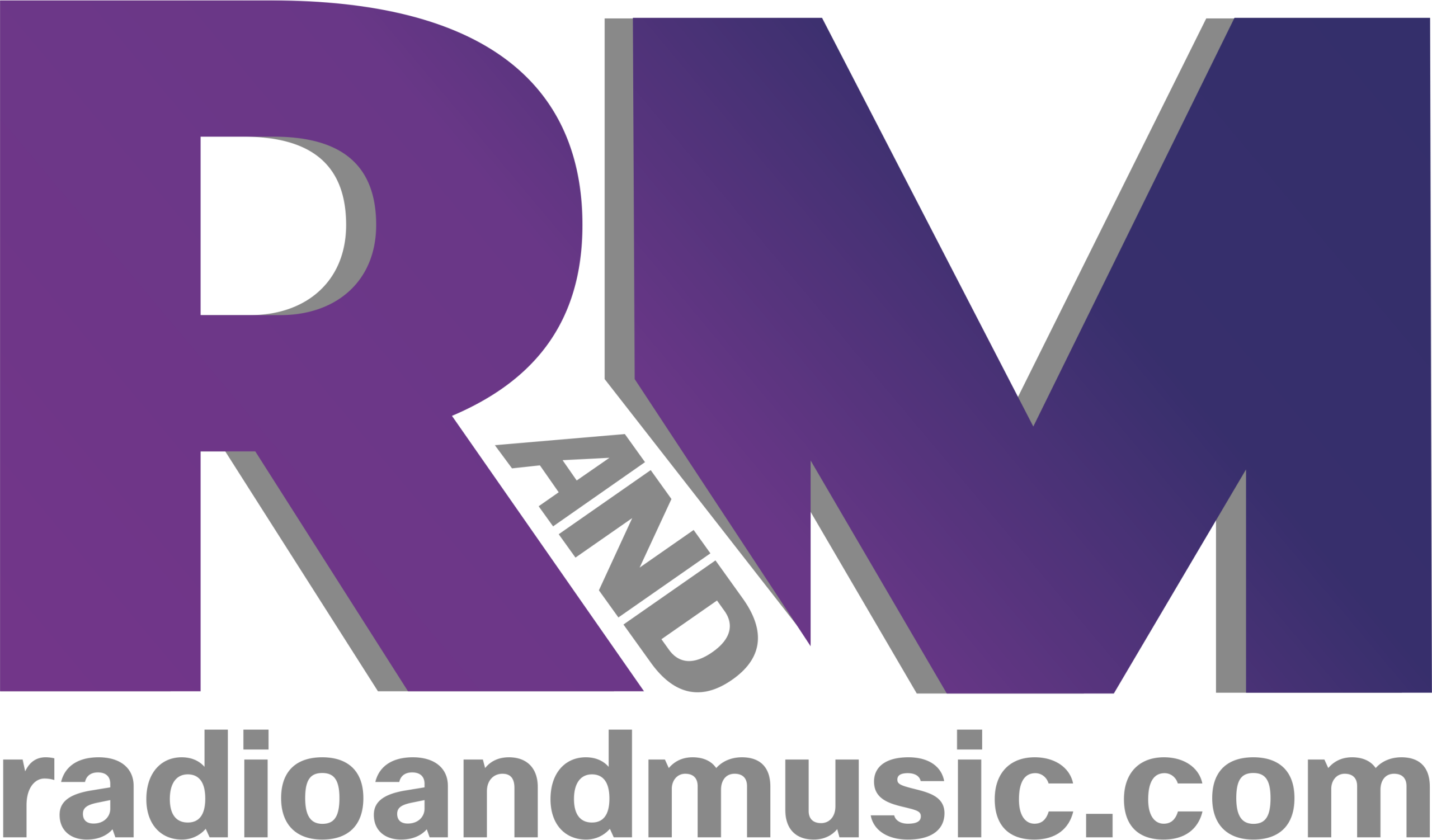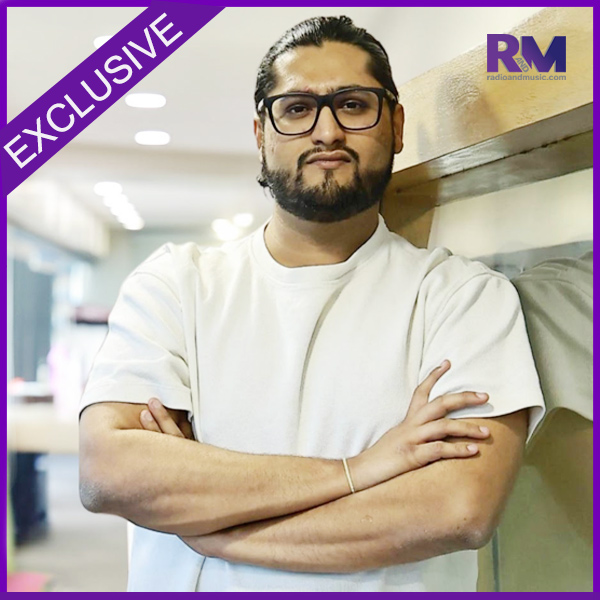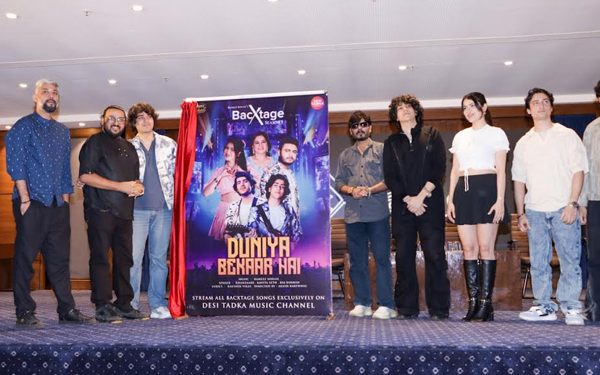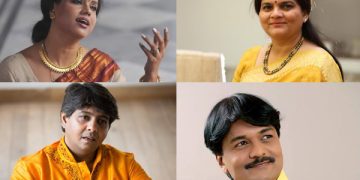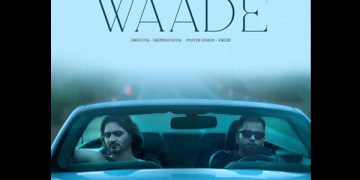MUMBAI: In an industry where independent musicians are rewriting the rules of engagement, boutique recording spaces like Bay Owl Studios are emerging as true creative sanctuaries. Founder Varun Parikh, in an exclusive chat with Radioandmusic, opens up about how the studio is keeping pace with an evolving music ecosystem—where freedom, flexibility, and soul take center stage.
Redefining the Studio for the Indie Era
“Independent artists crave freedom, authenticity and hands-on partnership,” says Parikh. “They want control over timelines, creative direction, and revenue streams.” And that’s exactly what Bay Owl Studios delivers—with artist-first packages, flexible pricing models (both flat-fee and hourly), and an environment that supports creativity without compromising quality. “We try to be a home-away-from-home for indie artists,” he adds.
The Producer’s Role: From Tech to TikTok
The lines between roles are blurring, and today’s producer is more than just a tech wizard. “More than ever, producers are co-writers and co-arrangers… They ideate song structures in real time, brainstorm sonic textures, and even ghost-write hooks,” says Parikh. In the age of reels and remote sessions, they also help shape the visual storytelling around a track.
AI in the Studio: Friend, Not Foe
At Bay Owl, technology is a tool, not a replacement for human touch. “AI helps speed up mundane tasks—like tonal matching or mix assists—so we can focus on the emotional nuance,” explains Parikh. “But the heartbeat of a record comes from human touch… Technology should elevate the artist’s soul, not replace it.”
Crafting Sonic Identity, Not Just Songs
For new artists still discovering their voice, the process at Bay Owl is deeply collaborative. “Creating a unique sonic identity is equal parts discovery and curation,” says Parikh. From moodboards to “vibe sessions” and mic techniques to reverb chains, the studio’s role is to help artists arrive at something that feels both polished and personal.
Analog Dreams in a Digital World
There’s a growing appetite for vintage warmth, but Parikh clarifies it’s rarely about going fully retro. “It’s more hybrid. Artists might use tube preamps or classic compressors, then move into digital for editing. It’s that sweet spot of warmth plus speed,” he says. Bay Owl’s five studio rooms are built for this duality—offering analog color and digital agility.
In a world where algorithms often dictate what trends, Bay Owl Studios stands as a reminder that great music still starts with intention, trust, and the right space to bring it all together.
